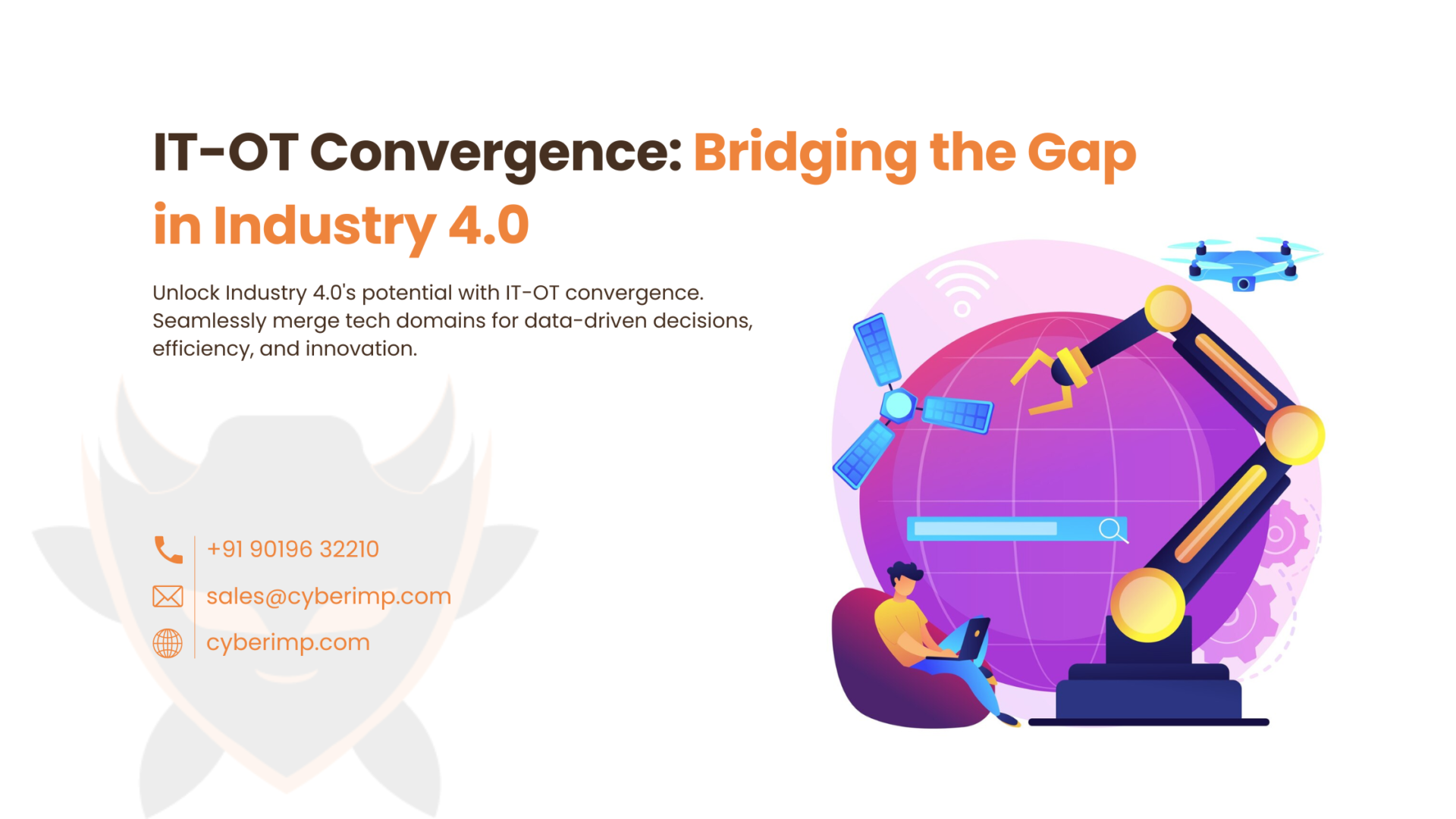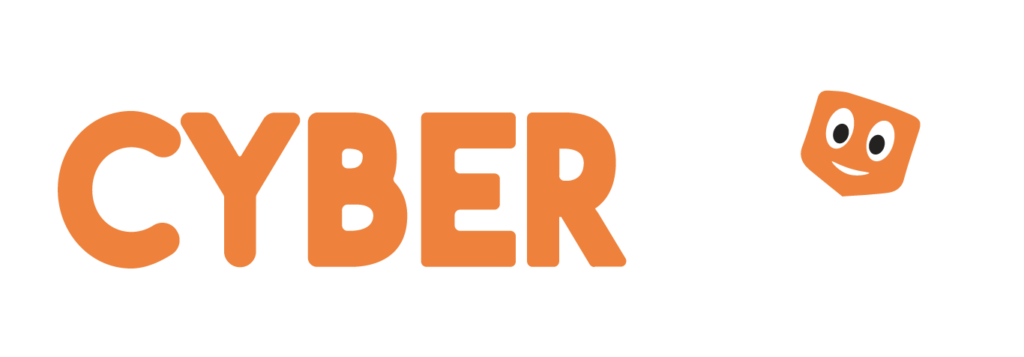Introduction:
The industrial landscape is undergoing a significant transformation with the emergence of Industry 4.0, characterized by the convergence of Information Technology (IT) and Operational Technology (OT). Historically, these domains have operated in isolation within organizations, hindering information flow and limiting optimization potential. Grasping the nature, benefits, and challenges of this convergence is crucial for businesses to navigate this transformative era and unlock its full potential.
Understanding IT-OT Convergence:
IT-OT convergence signifies the seamless integration of IT systems, responsible for managing and processing information, with OT systems, tasked with controlling and monitoring physical devices and processes. This creates a unified environment where real-time data from OT systems, such as sensor readings from machinery or production line monitoring, can be effortlessly exchanged and analyzed by IT systems, enabling data-driven decision-making and enhanced operational efficiency.
Mechanism of IT-OT Convergence:
The convergence process involves several key considerations:
- Standardizations and Interoperability: Implementing standardized data formats and communication protocols like OPC UA (Open Platform Communications Unified Architecture) is essential for seamless communication between disparate IT and OT systems that often utilize different languages and protocols.
- Data Sharing and Integration: Establishing secure channels for data exchange, such as through industrial data lakes and cloud platforms, facilitates real-time insights and data analysis to inform crucial decisions across the organization.
- Cybersecurity Measures: Implementing robust security measures like firewalls, intrusion detection systems, and secure communication protocols safeguards the unified system from cyber threats, a growing concern in the converged environment.
Key Features of IT-OT Convergence:
- Real-time data acquisition: OT systems provide valuable insights into physical processes, enabling real-time monitoring and control, allowing for immediate adjustments to optimize production or prevent equipment failures.
- Data-driven decision-making: The integration of IT and OT data facilitates comprehensive data analysis, leading to informed decisions regarding production planning, preventive maintenance, and resource allocation across the entire value chain.
- Improved operational efficiency: Real-time data analysis facilitates process optimization, leading to reduced downtime, increased overall equipment effectiveness (OEE), and ultimately, improved productivity.
- Enhanced innovation: Convergence fosters the development of innovative solutions like predictive maintenance, which utilizes data analysis to predict equipment failures and schedule maintenance proactively, and digital twins, virtual replicas of physical assets that can be used for simulations and optimization.
Comparison with Existing Standards:
IT-OT convergence is not a standalone standard but a broader concept encompassing existing standards:
- Industrial Internet of Things (IIoT): IT-OT convergence facilitates the seamless integration of IIoT devices, which collect and transmit data from physical assets like machinery and sensors, into the unified system, enabling real-time monitoring and analysis.
- Industrial Automation Systems (IAS): Convergence enhances the functionality of IAS by providing real-time data for automated control and decision-making, leading to more efficient and adaptable operations.
Top 10 Benefits of IT-OT Convergence:
- Enhanced operational efficiency: Streamlined processes, reduced downtime, and optimized resource allocation.
- Data-driven decision-making: Data-driven insights leading to informed choices for production planning, maintenance, and resource allocation.
- Increased innovation: Fosters the development of innovative solutions like predictive maintenance and digital twins.
- Improved agility and responsiveness: Enables businesses to adapt swiftly to changing market demands and industry trends.
- Reduced downtime and maintenance costs: Predictive maintenance allows for proactive interventions, minimizing downtime and associated costs.
- Improved product quality and consistency: Real-time process monitoring helps ensure consistent product quality and reduce defects.
- Enhanced safety and security: Real-time data can be used to identify and address potential safety hazards proactively.
- Greater environmental sustainability: Optimized operations and improved resource management can lead to a reduced environmental footprint.
- Empowers remote monitoring and diagnostics: Enables remote monitoring of assets and facilities, improving efficiency and reducing costs.
- Unlocks new business models and services: Data-driven insights and connected ecosystems can unlock new revenue streams and service offerings.
Concerns on IT-OT Convergence:
While the potential benefits of IT-OT convergence are substantial, some debates and concerns remain:
- Increased complexity: Integrating complex IT and OT systems can be challenging, requiring significant investment in technology, expertise, and change management.
- Security risks: Convergence creates a larger attack surface for cyber threats, necessitating robust security measures to protect sensitive data and critical infrastructure.
- Standardization challenges: The lack of universal standards across different industries and vendors can hinder seamless communication and interoperability between IT and OT systems.
- Cultural differences: Bridging the cultural gap between IT and OT teams, with their differing priorities and work styles, necessitates effective communication and collaboration strategies.
Industry Use Cases:
- Manufacturing: Real-time monitoring of production lines, predictive maintenance of equipment, and optimized resource allocation based on real-time data.
- Energy and Utilities: Smart grids for efficient energy distribution, predictive maintenance of power generation and transmission assets, and demand forecasting based on real-time data.
- Transportation: Connected vehicles for improved logistics, traffic management, and safety, and real-time monitoring of vehicle health and performance.
- Healthcare: Remote patient monitoring, data-driven treatment plans, and optimized resource allocation in hospitals.
Historical Examples of Cyberattacks:
- Stuxnet (2010): A targeted attack on Iranian nuclear facilities, believed to be a joint effort by the US and Israel, used a sophisticated worm to disrupt uranium enrichment centrifuges.
- TRITON (2017): Targeted a Saudi Arabian petrochemical plant, disrupting safety systems and causing operational disruptions.
- WannaCry (2017): A widespread ransomware attack that infected critical infrastructure and businesses globally, causing significant financial losses.
- SolarWinds Supply Chain Attack (2020): Hackers compromised a software vendor, SolarWinds, and injected malicious code into their software updates, impacting thousands of organizations, including government agencies, worldwide.
- BlackCat Ransomware (2021-present): A targeted ransomware attack targeting large organizations across various industries, known for its sophisticated tactics and high ransom demands.
Protecting Against Cyberattacks:
- Implementing robust cybersecurity measures: Deploying firewalls, intrusion detection systems, and secure communication protocols.
- Segmenting IT and OT networks: Isolating critical infrastructure from potential attack vectors in the IT network.
- Regular security audits and vulnerability assessments: Proactively identifying and addressing vulnerabilities in IT and OT systems.
- Enhancing employee cybersecurity awareness: Providing training to employees on cybersecurity best practices, including phishing scams and social engineering tactics.
- Regular data backups and restoration plans: Ensures ability to recover data and systems in case of a cyberattack.
Conclusion:
IT-OT convergence is a pivotal transformation in Industry 4.0, enabling significant advancements in operational efficiency, data-driven decision-making, and innovation. However, it’s crucial to acknowledge the challenges associated with complexity, security risks, standardization, and cultural differences. Through careful planning, implementation of robust security measures, and continuous improvement, organizations can leverage the immense potential of IT-OT convergence while mitigating associated risks.
Reference
Air Gaps vs. Reality: OT Security in a Connected World



